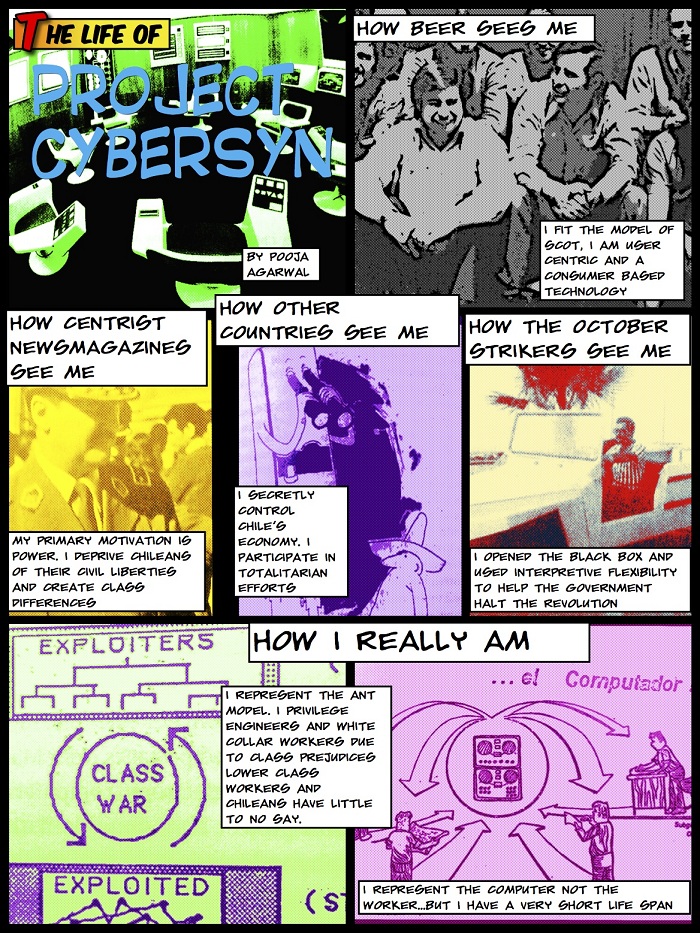Gender and Technological Change: Final Projects in Prezi Form
For the most part, a binary gender system structures our understanding of society, and a sex/gender binary structures our understanding of technological and scientific pursuits. This class, however, has shown how these are largely misunderstandings and oversimplifications.
Even though we generally take these things for granted as key ways for understanding who and what people are, and how society should be organized, they leave a lot out. For instance, perspectives of GLBTQ people, perspectives that center the experiences of people of color, and perspectives that take socioeconomic class seriously all recede into the background, even though they are also formative to our social and technological experiences.
Drawing on the idea that there are alternate ways of understanding the world that do not assume these binaries, come up with a research question that seeks to explain an alternative view, and support it with historical evidence from your own research. Draw on work we’ve read in class and your own experiences to come up with your research question and an idea about what “alternate view” you want to explore. Be sure to cite all of your sources carefully.
Use the library guides on diversity, women, and history databases:
http://guides.library.iit.edu/diversity
http://guides.library.iit.edu/HIST345
http://guides.library.iit.edu/content.php?pid=114040&sid=986140
Things your final project should do:
1. Use terms and concepts learned in class
2. Apply theories from class
3. Practice real research using physical and online archives and academic databases (no googling, no wikipedia).
4. Go beyond talking just about “men” and “women”
5. Be sure to cite your sources completely and clearly
6. Make an original and compelling point in a concise fashion
You final project will be due on April 29th (post the title of your Prezi and a link to it in the comments) and then delivered to the class on April 30th. It will include an oral presentation of no more than 8 minutes and you will use your Prezi to illustrate your points. (Prezi is a tool for hosting and sharing presentations online—see: prezi.com.) You will post your preliminary prezi to the blog on April 29th by noon, and then your revised prezi to the blog by May 1st at noon.










